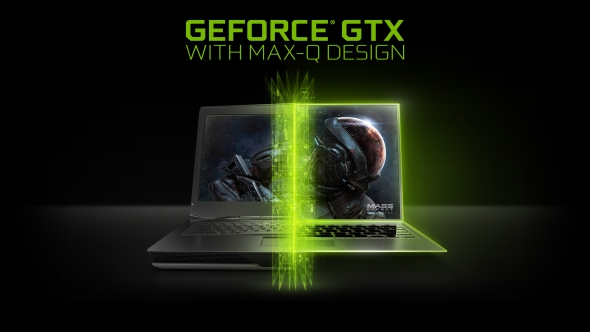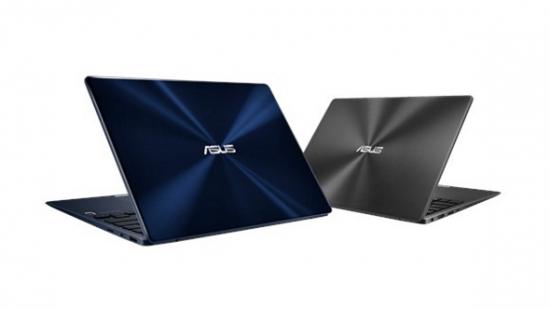Asus have managed to squeeze one of Nvidia’s MX150 GPUs into their ultra-thin ZenBook 13, claiming the title of ‘world’s thinnest laptop with discrete graphics’, but there is potentially even more power to be jammed into that tiny chassis.
Here are the best gaming monitors to dock your gaming laptop into at home.
We saw the Asus ZenBook 13 at CES this year, and it look liked a solid competitor to the ultra-thin and light Dell New XPS 13 – also announced in Las Vegas. As with most ultrabooks, the 13.9mm thin ultrabook chassis on the ZenBook is small enough to frisbee from place to place, but that can be a substantially limiting factor when it comes to thermals and power.
Following the increased interest in ultra-thin, graphically capable laptops – such as Dell’s XPS 2-in-1 fitted with Intel’s Kaby Lake G chip – Asus have managed to jam in one of Nvidia’s MX150 GPUs to sit alongside the 8th generation Intel processor within their ZenBook 13. The MX150 is somewhat equivalent to the GT 1030, and features 2GB of GDDR5 memory, and 384 CUDA cores.
While the MX150 is still a ways off 1080p gaming prowess, it will deliver considerably greater performance than the Intel UHD 620 Graphics iGPU which would otherwise be used. While this offers even more utility for such a minimal laptop footprint, Asus could potentially push performance even further thanks to Nvidia’s most recent GPU launch.

No it’s not a GTX 1070 Ti, it’s the GTX 1050 Max-Q – which Nvidia quietly launched in January. This power-limited GPU arrived just as Intel and AMD were announcing their joint Kaby Lake G efforts, which was intended to push Nvidia out of the same market.
The 34W chip does require a little more juice than the 25W MX150, however, Nvidia indicated to us that any laptop capable of dealing with an MX150 should be able to cope with a potential upgrade to the GTX 1050 Max-Q design. Whether an ultrathin laptop has quite as much headroom is up for debate, but the Max-Q design offers a lot of flexibility with power, thermals, and clockspeeds.
Asus’ ZenBook is potentially one of many graphically-charged ultrathin laptops launching into the market in 2018 – although likely at a price. With Asus expected a boom of gaming laptops in 2018, Intel’s Kaby Lake G, and AMD recently launching their Ryzen Mobile APUs, we could see some portable gaming machines that don’t forgo mobility for, at least playable, frame rates.
